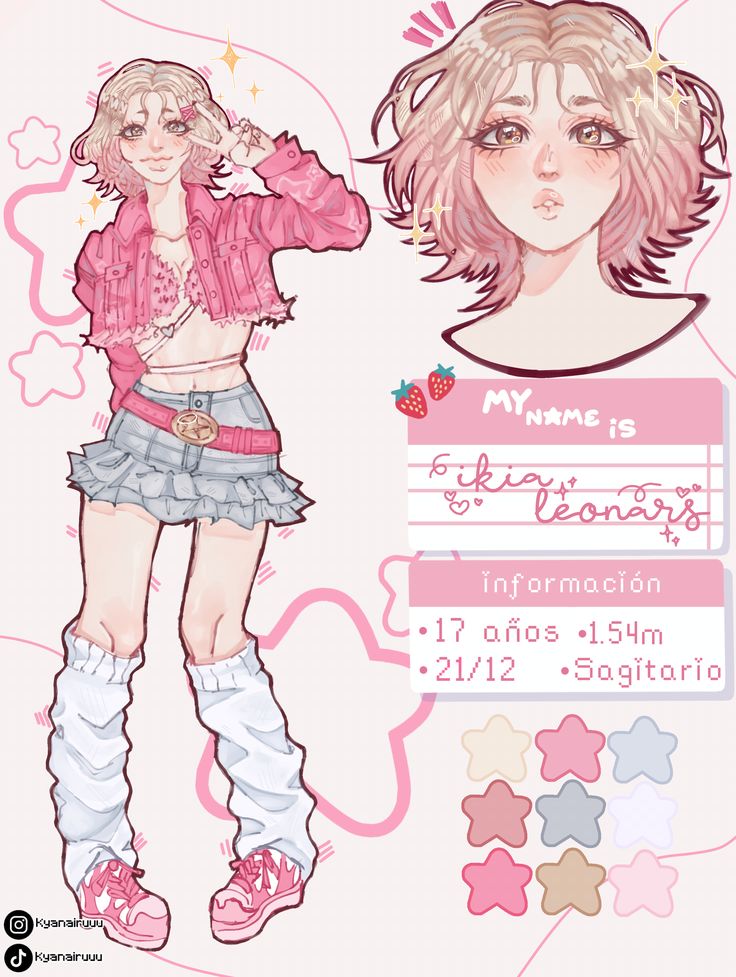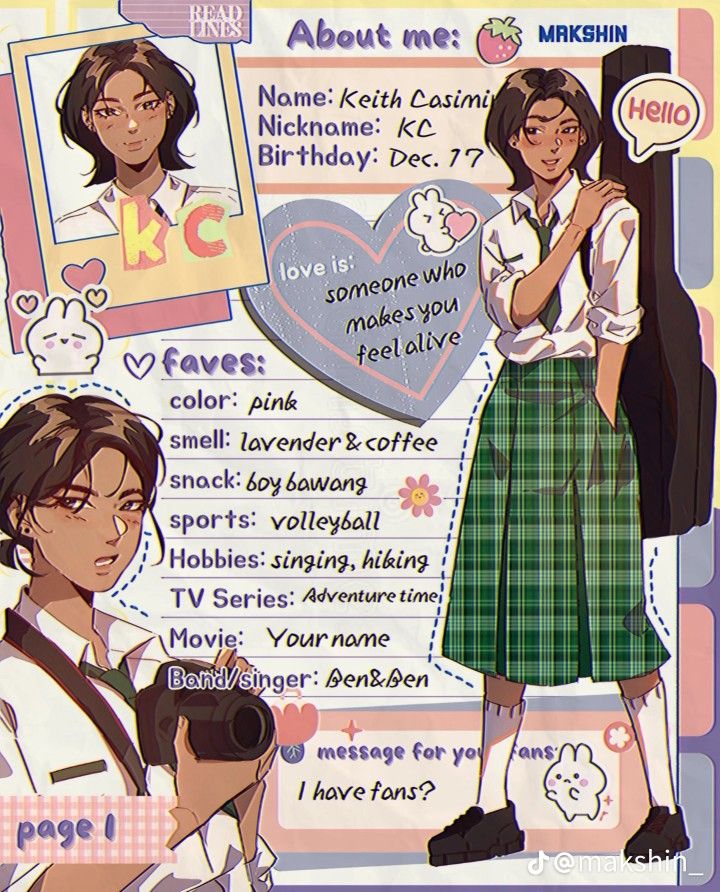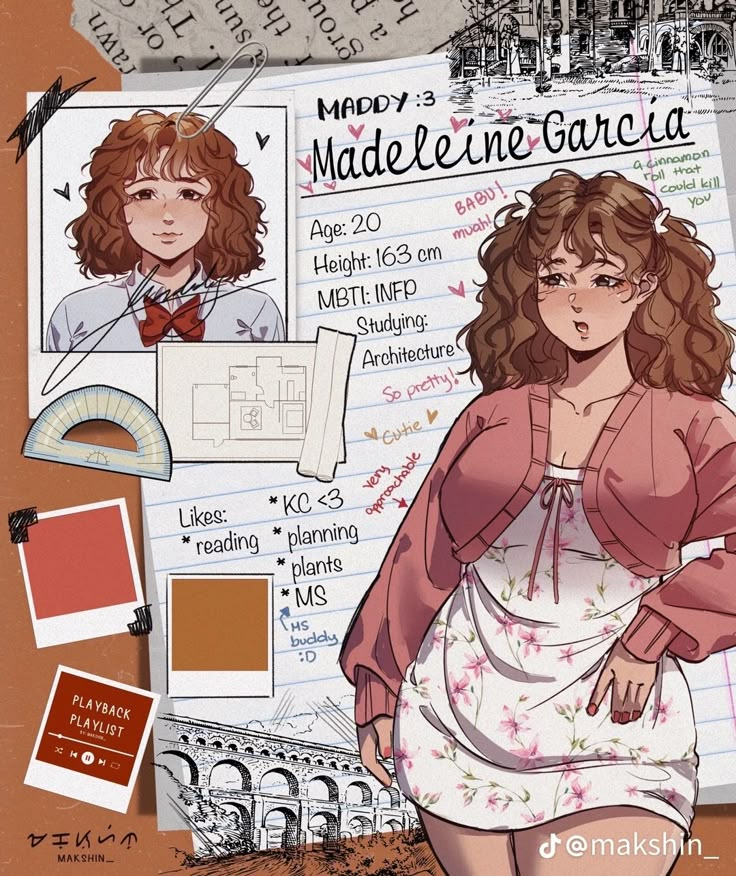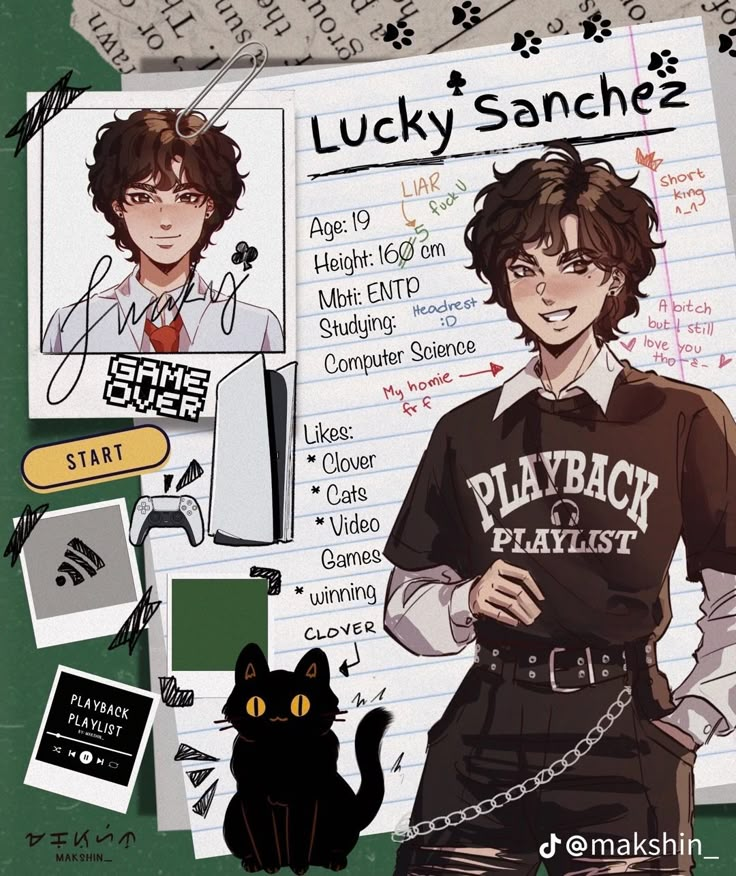Creating original character (OC) art can be exciting, but it’s common to run out of inspiration or feel stuck on what to draw next. You can find fresh OC art ideas by exploring new scenarios, experimenting with different styles, and imagining how your character would act in unique situations. Whether you’re looking to develop your OC’s personality or just want some fun drawing prompts, there are plenty of ways to keep your creativity flowing.
You don’t have to follow the same old routines. Try sketching your OC in unexpected outfits, different art styles, or interacting with new environments. This not only keeps your art interesting but also helps your characters grow and evolve over time.



Key Takeaways
- Find inspiration by placing your OC in new scenarios.
- Experiment with different techniques to refresh your art style.
- Develop your OC’s story by drawing them in varied situations.
Understanding OC Art Ideas
OC art revolves around creating original characters, often called OCs, that reflect your creativity and personal interests. These characters become unique through distinctive features, stories, and the sources that inspire their design and concept.
Defining Original Characters
Original characters (OCs) are unique fictional personas you design from scratch. Unlike fan art, which uses established personalities from existing media, OCs let you control every detail. You pick their appearance, background, abilities, and personality traits.
Many artists use OCs as a way to express parts of themselves or explore ideas not found in mainstream content. OCs might exist in their own world, fit into an existing setting, or interact with other original characters. As the creator, you decide whether your OC is a hero, villain, or something in between.
Your OC can take any form: human, animal, fantasy creature, robot, or something entirely new. The defining feature is originality, making your character stand out as truly yours.
The Significance Of OC Art
Creating OC art allows you to practice character design, storytelling, and illustration skills. Many artists use OCs to explore themes that are personal or important, whether those are emotions, identities, or interests. This makes OCs a valuable part of developing your style.
Sharing your OC art can open up new opportunities for feedback and collaboration in online communities. Many artists enjoy participating in #OCart events, drawing challenges, or art trades using their OCs. These activities provide both social connection and motivation to keep practicing.
OCs can also become the focus of webcomics, animations, or illustrated stories. Through visual storytelling, you can show how your characters grow, struggle, and interact with their worlds. This process deepens your creative involvement.
Types Of OC Inspirations
You can draw inspiration for your OCs from a wide variety of sources. Some common ideas include fantasy worlds, mythology, everyday life, and even dreams. Books, movies, and video games often spark ideas for original characters with unique powers or backgrounds.
Artists frequently use prompts or art challenges to generate OC ideas. For example, a table of possible OC inspirations might look like this:
| Inspiration Source | Example |
|---|---|
| Fantasy/Mythology | Elf mage, dragon shapeshifter |
| Everyday Observation | Skateboarder, wildlife biologist |
| Popular Culture | Time-traveling detective |
| Personal Experiences | Moving to a new city |
Mixing ideas from different sources often results in more unusual and memorable OCs. You might combine elements from your favorite story with your own experiences to make something unique.
Brainstorming Unique OC Concepts
Giving your OC emotional complexity, intertwining folklore spirits, and using tai features as core design elements can result in distinctive and memorable characters. Each approach adds specific layers—from detailed personality traits to traditions and visual motifs.
Creating Emotional Depth
Emotional depth helps your OC feel believable and compelling. Start by listing core emotions that drive your character, such as joy, fear, or resentment. You can create a table to organize emotional triggers:
| Situation | Emotional Reaction | Related Behavior |
|---|---|---|
| Loss of friend | Grief | Withdraws, silent |
| Victory in battle | Pride | Confident, boastful |
| Facing danger | Anxiety | Fidgety, cautious |
Use backstory events to justify these emotions and show how they influence relationships or choices. Having your character respond in unique ways to stress or triumph sets them apart from generic archetypes.
When you express these emotions visually in your art, focus on subtle facial expressions and body language. Small gestures like clenched fists or slumped shoulders speak volumes.
Blending Mythical Spirits
Incorporating spirits into your OC design adds intrigue and connects your character to larger world themes. Choose a specific type of spirit, such as a guardian, trickster, or ancestral guide, then decide how this spirit interacts with your OC.
A spirit might be a visible companion or an unseen influence. You could show spirit marks on your character’s skin, or depict ethereal effects like glowing eyes.
Use folklore or mythology as direct inspiration for appearance, abilities, or even internal conflict. Spirits can shape both the personal growth and outside challenges of your OC. To add variety, consider mixing traits from multiple cultural sources, but respect the symbols and traditions you use.
Incorporating tai In Design
The concept of tai can refer to essence, balance, or energy in many cultural traditions. When bringing tai into your OC’s design, focus on how this energy defines their role or powers.
Visually, you might highlight tai with color palettes, flowing patterns, or symbolic accessories—like talismans or tattoos. A character whose tai is unbalanced might have asymmetrical features or shifting colors.
Think about how tai affects movement, communication, or even clothing choices. For example, a balanced tai could result in graceful posture, while a fractured tai might be illustrated with tense limbs. Use design elements to communicate this aspect clearly and consistently to viewers.



Techniques And Styles For OC Artwork
Whether you enjoy drawing in a sketchbook or prefer creating digital illustrations, the method you choose will affect the look and feel of your original character (OC) art. Each approach and medium offers distinct possibilities for expressing personality, style, and story.
Illustration Approaches
Selecting the right illustration style helps communicate an OC’s personality and background clearly. Popular choices include anime, comic book, cartoon, and semi-realism.
Anime-influenced styles focus on clean lines, expressive faces, and bold shapes. Comic book styles emphasize dynamic poses, detailed costumes, and heavy use of ink. Cartoon-inspired OCs often use exaggerated proportions and playful color palettes. With semi-realism, you blend realistic anatomy with stylized features for a more lifelike appearance.
Try mixing styles—such as a cartoon body with realistic eyes—or experiment with different line weights and shading techniques. Consider how clothing, accessories, and color choices reflect your OC’s traits and backstory.
Digital Versus Traditional Media
Digital media allows for endless edits, layering, and effects. Programs like Clip Studio Paint and Procreate offer tools for blending, coloring, and customized brushes that open up experimentation. You can quickly try out new palettes or undo mistakes without damaging your progress.
Traditional media like pencils, ink, watercolors, or markers, bring unique textures and hands-on experience. Each tool leaves its own mark—watercolor provides soft blends, while markers produce strong, bold colors. Traditional art requires more planning but rewards you with tangible results.
Here’s a quick comparison:
| Feature | Digital | Traditional |
|---|---|---|
| Undo edits | Yes | No |
| Texture | Software-based | Physical, varied |
| Portability | Requires device | Sketchbook/paper |
| Cost over time | One-time (software) | Ongoing (supplies) |
| Experimentation | High, risk-free | More limited |
Choose the medium that fits your workflow and inspires creativity. Mix both for a hybrid approach if you enjoy the best of both worlds.



Storytelling Through OC Art
Stronger character-driven art comes from understanding and conveying your OC’s story and emotional experiences. Focusing on the character’s past and inner feelings can make each piece more vivid and meaningful.
Visualizing Character Backstories
Your OC’s backstory helps shape their appearance, clothing, posture, and props. When you sketch, ask yourself how their past affects their present. For example, scars, accessories, or specific hairstyles can hint at important life events.
Try using the following elements to show backstory in your OC art:
- Fashion choices: Outfits can reflect culture, history, or even past traumas.
- Physical features: Scars, tattoos, or body language often tell a story.
- Props: Weapons, tools, or sentimental items support narrative details.
A simple table of cues might look like this:
| Feature | Possible Backstory Link |
|---|---|
| Broken sword | Survivor of an old battle |
| Faded photograph | Loss or nostalgia for someone |
| Mismatched armor | Resourcefulness or hardship |
Adding even small details tied to the past encourages viewers to imagine your OC’s journey.
Expressing Emotions In Artwork
Capturing emotional depth brings your OC to life. Pay attention to facial expressions, posture, and color palette. A tense jaw or clenched fist can suggest anger or stress. Soft eyes and an open posture might show trust or contentment.
Think about the moment your drawing represents—what is your OC feeling right now? Use references and experimentation. For example:
- Facial expressions: Eyebrows, eyes, and mouth shapes all play a part.
- Body language: Slouched shoulders might mean sadness; an upright stance can show confidence.
- Colors: Muted tones evoke melancholy; bright palettes can feel joyful or energetic.
Focusing on genuine, believable emotion will help viewers connect with your OC’s story immediately.



Showcasing And Evolving Your OCs
Bringing your OCs to a wider audience and growing their stories is a dynamic process. Sharing artwork, joining creative spaces, and refining your designs can help your characters develop over time.
Presenting OC Art Online
Sharing your OC art online helps you gather feedback, find inspiration, and build a following. Common platforms include DeviantArt, Twitter/X, Instagram, and Tumblr. Each site allows for image sharing, descriptions, and interaction through comments or direct messages.
When posting, write a short introduction or backstory for your OC. Use relevant hashtags like #OC, #OriginalCharacter, or character-specific tags such as #tai to improve visibility. Try to post consistently, as this signals to viewers that you are engaged and active.
Consider uploading process shots, finished illustrations, and even doodles. Engage with those who comment—answer questions or thank them for their input. It’s not just about showing off your art, but also about building connections.
| Platform | Strengths | Popular Tags |
|---|---|---|
| Visual focus, hashtags | #OC, #OriginalCharacter | |
| DeviantArt | Art communities, detailed posts | #OC, #tai |
| Twitter/X | Fast sharing, wide reach | #OC, #ArtShare |
Participating In OC Communities
Active involvement in OC communities can expose you to new ideas and help you grow as an artist. Spaces like Reddit, Discord servers, and dedicated art forums often host challenges, group events, and collaboration projects.
Participate in activities such as drawing trades or character design challenges. For example, you might join a drawing meme from Pinterest boards or weekly prompts on CharacterHub. Getting involved helps you learn new techniques and experiment with styles.
Here are a few ways to engage:
- Join group chats or Discord servers for OCs and tai-related art
- Take part in “draw this in your style” events
- Share your OCs’ stories in community threads
- Give feedback or compliments to others
Making friends and sharing experiences often leads to creative inspiration and continuous improvement.
Iterating On Character Design
Iterating on your OC designs keeps them fresh and interesting. Redrawing your characters as your skills improve helps you spot what works and what could change. Many artists use drawing challenges—like drawing OCs in different outfits or emotions—to identify new directions.
Try experimenting with different art styles, changing features such as hairstyles, clothing, or color schemes. You can even imagine your OC in alternate universes or settings for added depth. Events like a “style challenge” from Pinterest are good for pushing creative boundaries.
Document your changes. Save side-by-side comparisons or keep a sketchbook with development notes. Reflect on what each iteration teaches you about your OCs, whether it’s tai or any other concept. This process ensures your characters remain engaging for both you and your audience.
- 1share
- Facebook0
- Pinterest0
- Twitter1


